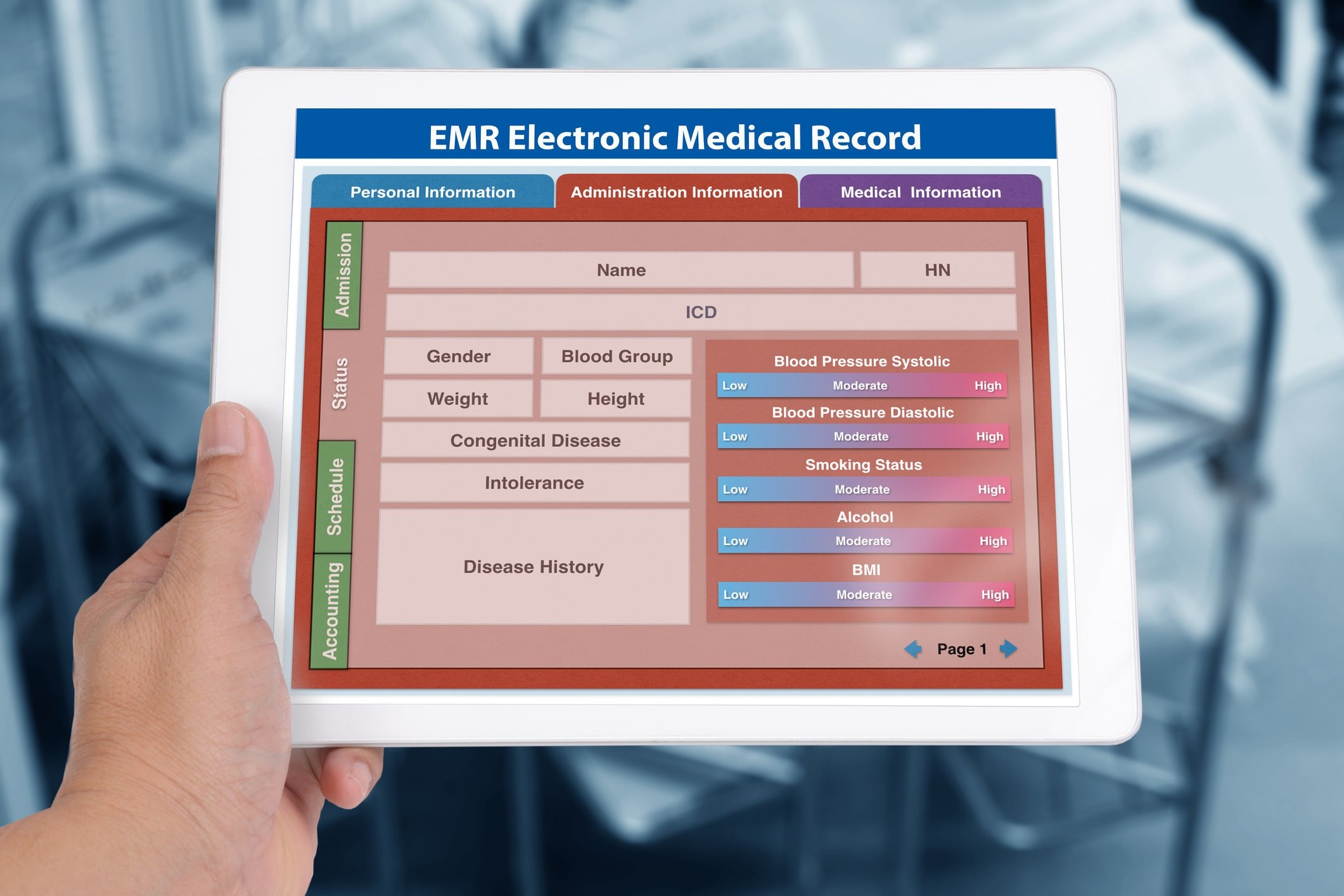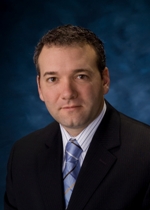
Meaningful Use of EMRs Moves Forward with Stage 2
American healthcare providers continue moving forward with their conversion to electronic medical records (EMRs). More than 3,300 hospitals have received money from the Medicare and Medicaid electronic health record (EHR) Incentive Programs for meaningfully using the technology.

Bill Fera, MD, said Stage 1 is moving along better than many expected.
“Stage 1 is coming along very well, but there are still some folks that need to accelerate,” said Bill Fera, MD, a principal at Ernst & Young and clinical transformation leader at the firm’s Healthcare Advisory Services in New York, “But I think it’s going better than folks expected.”
Now, the Centers for Medicare and Medicaid Services (CMS) has upped the ante, releasing the final rules for Meaningful Use Stage 2, for 2014.
Robert Hitchcock, MD, FACEP, vice president and chief medical informatics officer at T-System, in Dallas, said the rules are consistent with the goals for Stage 2 and present large and subtle obstacles for hospitals, particularly the patient portal and interoperability among different systems.
“There is no real incremental concern for the clinicians who are trying to deliver healthcare, but the IT shops are going to be busy,” Hitchcock said.
In announcing the rules, Health and Human Services Secretary Kathleen Sebelius touted the anticipated benefits, such as more coordination of patient care and reduced medical errors.
Yet a recent study from researchers at Dartmouth College in Hanover, N.H., found that while U.S. hospitals beginning to use EHRs and meeting 2011 meaningful-use objectives improved patient outcomes, hospitals transitioning to more advanced systems experienced slight quality declines.
Lead author Ajit Appari, PhD, a research fellow at Dartmouth’s Tuck School of Business, attributed that, at least in part, to computer provider order entry, part of Stage 2, which requires hospitals to use historical data and evidence-based guidelines. In addition, large variation exists in how hospitals use the technology.
Appari said that the team’s findings were “consistent with looking at a large number of hospitals.”
Patient engagement
Sebelius also highlighted Stage 2 will provide for greater patient engagement by giving patients secure online access to their health information. CMS added a new core objective to use secure electronic messaging to communicate with patients on relevant health information.

Hays Green said patient engagement is paramount for new delivery models to succeed.
“Patient engagement is paramount to these [delivery] models that are moving from quantity to value-based medicine,” said Hays Green, healthcare policy practice lead at WPC in Brentwood, Tenn.
However, the rules also require hospitals measure that 5 percent of patients are downloading or transmitting the information to other providers or to a personal health record.
“I don’t know how you can hold a hospital responsible, but there it is,” Fera said. “I think the most you can do is make it accessible.”

Ben Marrone called the patient access and transmittal portion of Stage 2 the most challenging aspect.
Ben Marrone, principal with Impact Advisors of Naperville, Ill., agreed that the requirement will be the most challenging for providers.
“The intent is fine,” said Marrone, adding facilities will need to educate their patients, so patients know they have the benefit and how to use it.
Melanie Pita, executive vice president at Prognosis Health Information Systems in Houston, called giving patients easy directions and ensuring access in rural communities with limited Internet service a challenge. But “with the right types of communication and education about how to access, the 5 percent should be doable,” she said.
“This is a big shift in how patients get copies of their health information, and will require re-engineering of how [health information] departments work with patients,” said Allison Viola, MBA, RHIA, senior director of federal relations at American Health Information Management Association in Chicago. “It’s going to be an education and awareness effort.”
Some of her members are starting to offer such access, but not many.
Generational comfort with technology may come into play. It’s a natural extension of younger people’s use of mobile devices and computers for banking, music and just about everything else.
“Technology may be the way they understand information is shared, but at the other end of the spectrum, the rapidly aging population and baby boomers are less comfortable using technology as a primary form of communication,” Hitchcock said. “And they are more skeptical about security and less likely to trust the electronic world to house such important information.”
Large vs. small facilities
Larger hospitals already have been laying the groundwork for Stage 2, said Fera, adding, “A lot of these rules were telegraphed, but it’s nice to have the clarity.”
Sean Morris, director of sales at Digitech Systems in Greenwood Village, Colo., reported that while larger facilities have forged ahead, small and medium hospitals with fewer resources face more challenges. Some are combining server-based, on-site software with cost-effective cloud technology to make records available to patients and others.
Opportunities for improvement
Sebelius also mentioned elimination of duplicate screenings and tests. That requires interoperability. Physicians must be able to share patient information and coordinate care, required for new care delivery models.
“If we can achieve actionable interoperability, it will be a tremendous step in the right direction for reducing cost in the healthcare system and improving patient safety,” Fera said. “That’s where we get our return on investment.”
Quality measures may boost patient outcomes. Marrone said Stage 2 will offer more data to prove better results.
“It’s taking a major leap forward with quality of care,” Pita said. “By the time we get through all of the stages, we’ll see improvements in patient care, with true adoption of the product. It will take a lot of work on the part of the facility.”
Yet, ultimately, the federal government and providers anticipate the effort will pay off for patients while saving costs, at least enough to offset the program’s expense. Hitchcock said he remains unsure if the technology will affect healthcare delivery.
“It may not change patient outcomes at all, and it puts an additional burden on providers,” Hitchcock said. “It appears this is still being driven to reduce expenditures for public payers.”


